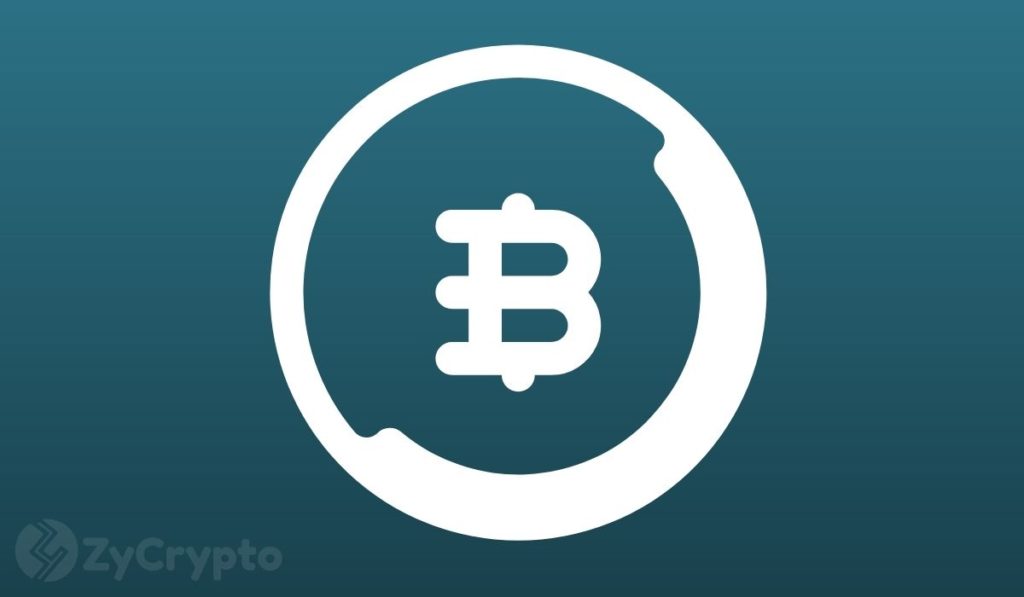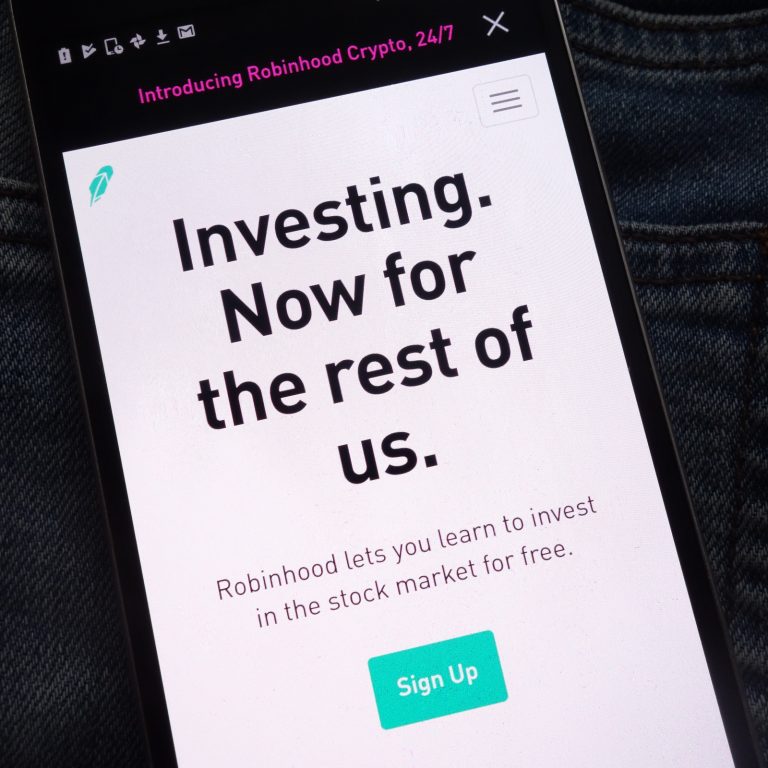
2019-9-11 19:40 |
Binance shot to stardom in 2017, shocking the cryptocurrency industry by becoming the largest exchange platform in existence in under six months. Even more shocking was continued success through 2018, a year that saw many new platforms shutting their doors. Now, a flood of new exchanges offers hope and security to the cryptocurrency trading world.
The rise of Binance
Today, Binance is to cryptocurrency what Apple is to modern technology. The level of ambivalence amongst consumers toward both giants can be staggering. Like Apple, Binance has secured a powerful position for itself across several major cryptocurrency sectors, with plans to establish an even larger presence.
The size and volume of the exchange, however, remains its biggest accomplishment to date. According to coinmarketcap.com, Binance has been in the top three cryptocurrency exchanges by reported and adjusted volume since the beginning of 2018.
At first glance, Binance appears to be filling a critical need in the industry. The demand for global cryptocurrency trading platforms is growing as the industry grows, and Binance is there, filling that need and providing ancillary tools for traders, entrepreneurs, developers, and everyone else with a stake in digital assets.
However, Binance also brings an underlying and greatly concerning risk to the industry. Because it handles nearly 20 percent of all digital assets in existence on a daily basis, Binance holds a lot of power. This is essentially the opposite of the original intent of cryptocurrency.
Binance has established itself as a centralized authority to digital assets. In other words, it is a trusted third party.
All that glitters…
Because Binance is essentially functioning as a bank, minus the regulatory standards and consumer safety precautions inherent to traditional fiat investing, a deeply concerning, worst-of-both-worlds scenario has emerged.
This was harshly brought to light with the May 2019 Binance security breach. Over 40 million dollars were hacked from a single hot wallet on the Binance platform, grinding trading to a screeching halt and instilling panic in investors worldwide. In addition to stolen funds, 2-factor authentication codes and API tokens were also compromised.
Thankfully, Binance has the foresight and the foundational infrastructure to withstand an attack of this magnitude. However, the potential damage, both practically and philosophically, is still of great concern.
An uncertain future or tentative optimism?
Of greater importance to the entire digital asset community is the realization that if even Binance is vulnerable to attack, any exchange is at risk. For exchanges, it has led to a renewed focus on tightening security. The urgent need for insurance is also obvious.
Naturally, investors view the current market from a slightly different perspective. With 2019 exchange theft numbers already well into the billions, hacking feels like a “when” rather than an “if” scenario.
Crypto investors are a notoriously independent bunch, so branching out and exploring up and coming exchanges is not a stretch. Plus, the aforementioned industry-wide heightened security focus allows investors to focus on new technology and service offerings some of the newer exchanges are providing.
Many exchanges seek to fill important roles in the crypto space. For example, BiKi, based in Singapore, launched in the middle of the 2018 bear market. Rather than folding like so many others who suffered the effects of the post-2017 ICO boom slump, BiKi saw a market need and capitalized on it.
BiKi now provides full solution product launch services for blockchain projects. This includes marketing and PR, community management, trading campaigns, and product ambassador development. With goals to globalize the platform, bringing international opportunities to the Chinese market, the project is equally committed to expanding its own footprint across the world.
The digital asset industry is largely powered by digital grass-roots style management. Led by social media influencers, community thought leaders, and leading traders, the community style marketing plan generates both local and international growth.
Other new exchanges have additional features beyond security also. The ecXX exchange platform is designed to attract and serve institutional as well as retail investors.
Bot trading is another growing sector in digital asset exchanges. 3Commas is one top-performing bot trading platform. Others, like Kryll, and Shrimpy also provide automation portfolio management and trading for investors.
Social and copy trading are also on the rise, with some investors taking advantage of expert peer advice and strategy in a collaborative environment. Exchanges like Covesting take the concept a bit further, allowing investors to literally copy the strategy of trusted high performing investors.
To complete the concept, the Darwinex platform was conceptualized to allow traders to quickly establish a reputation in the crypto investment world.
All of these features and advancements are fantastic. However, with hundreds of exchanges on the market, and more being added constantly, the ultimate value in the current market is that a Mt. Gox pandemic scenario is not only unlikely, it is quite impossible.
Even solidly centralized exchanges support this overall decentralized concept of avoiding a third party monopoly type of scenario. This, coupled with the 2019 market recovery and growth, makes now a great time to invest in crypto.
Image by Gerd Altmann from PixabayThe post The Centralization of Binance: Potential Cryptocurrency Kryptonite appeared first on NewsBTC.
origin »Global Cryptocurrency (GCC) íà Currencies.ru
|
|

















